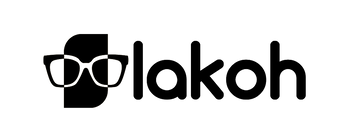What Is A Diopter?
A diopter (D) is a unit of measurement that expresses the optical power of a corrective lens — in other words, how strongly a lens focuses light.
Your glasses or contact prescription is measured in diopters. The number, followed by a “D”, tells you whether you need a positive (+) or negative (−) power to see clearly.
How Diopters Are Measured
During an eye exam, your optometrist uses a phoropter — a tool filled with different trial lenses — to determine exactly how much correction you need. They will show you a series of lenses with different powers and ask you which one makes your vision sharper.
Positive vs. Negative Diopters
✅ Nearsighted (Myopia) — If you have trouble seeing distant objects, you need negative diopters. The phoropter will reflect this by adding concave (−) lenses to move the focus back toward your retina.
✅ Farsighted (Hyperopia) — If close-up objects appear blurry, you need positive diopters. The phoropter will add convex (+) lenses to bring the focus forward.
Astigmatism and Diopters
Some people have astigmatism, which means their cornea isn’t perfectly spherical. To correct this, different amounts of power may be required in different directions. Your prescription will reflect this by including a cylinder (CYL) and an axis — this specifies how much and in which direction the power should be applied.
Presbyopia and “Add”
As we age (typically after 40 or 50), the ability to focus on nearby objects weakens — a condition called presbyopia. Your optometrist may prescribe a small additional power — called an “add”— to help you see close-up. This is a positive diopter added on top of your main prescription.
Why Diopters Matter
Getting the right diopter is key to clear, comfortable vision. A comprehensive eye exam not only assesses your prescription but also checks your overall eye health, helping you maintain healthy, sharp sight for years to come.






